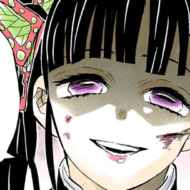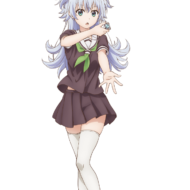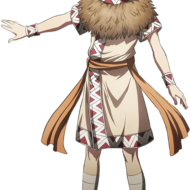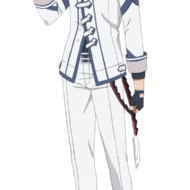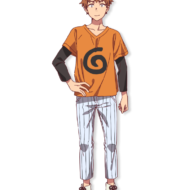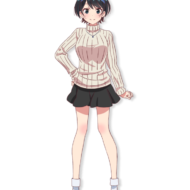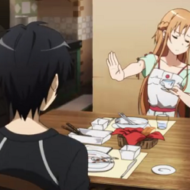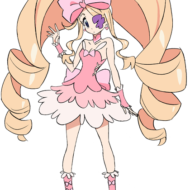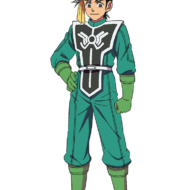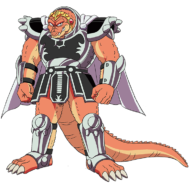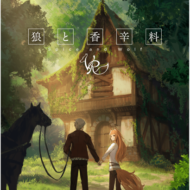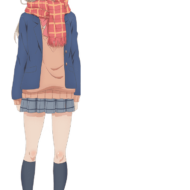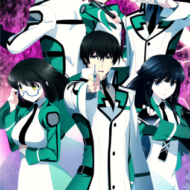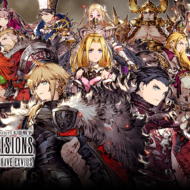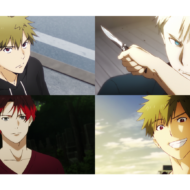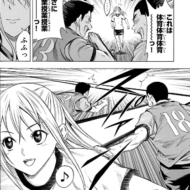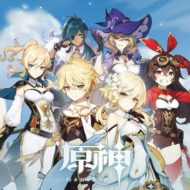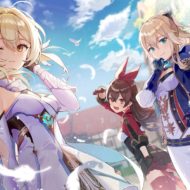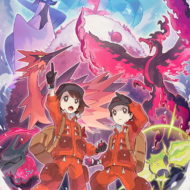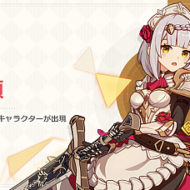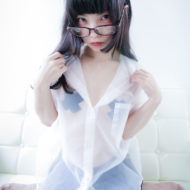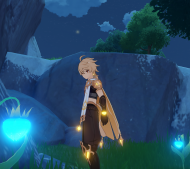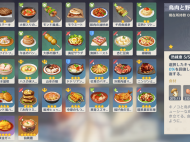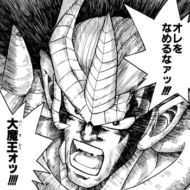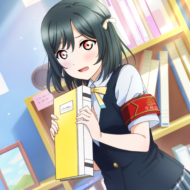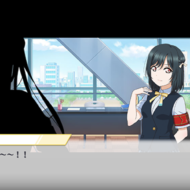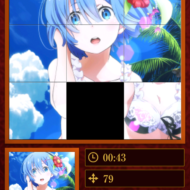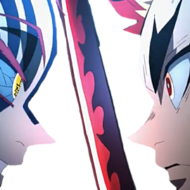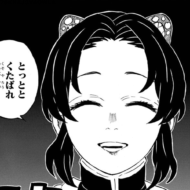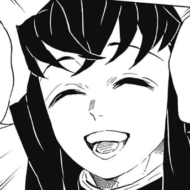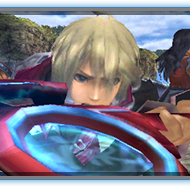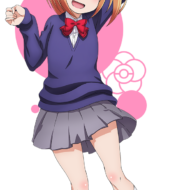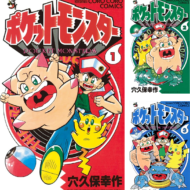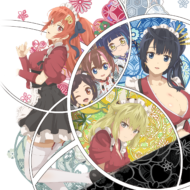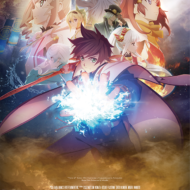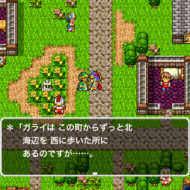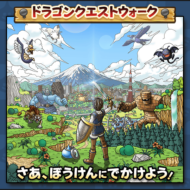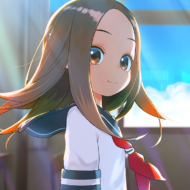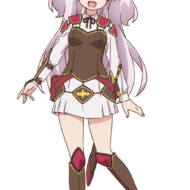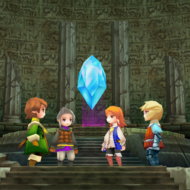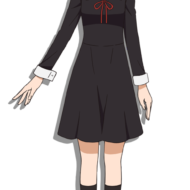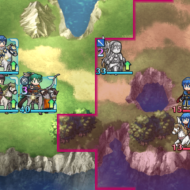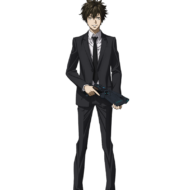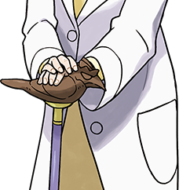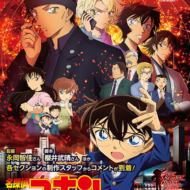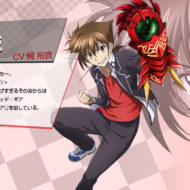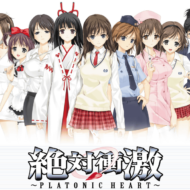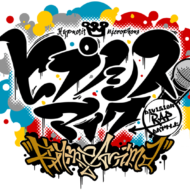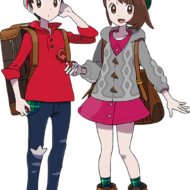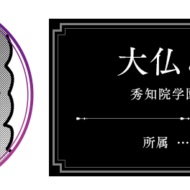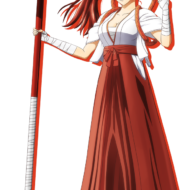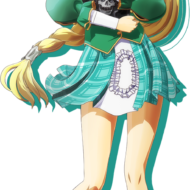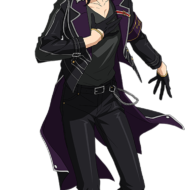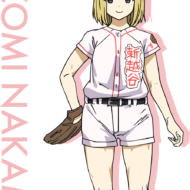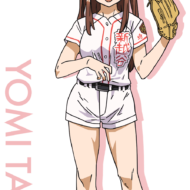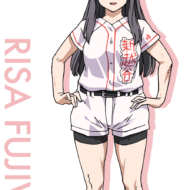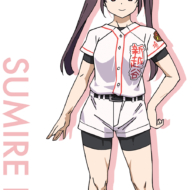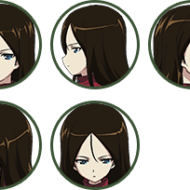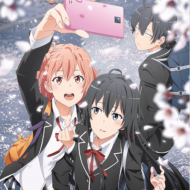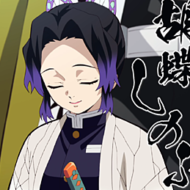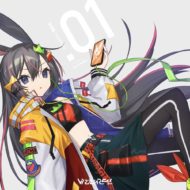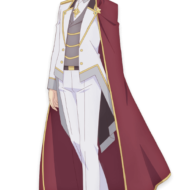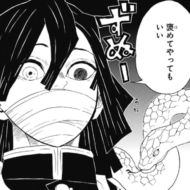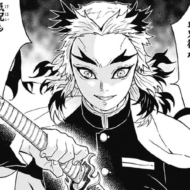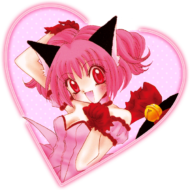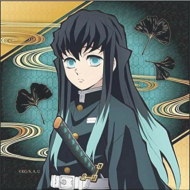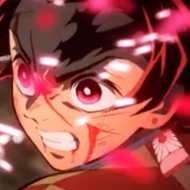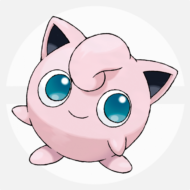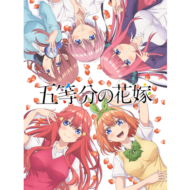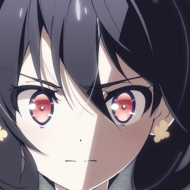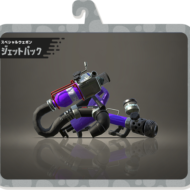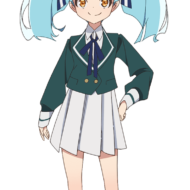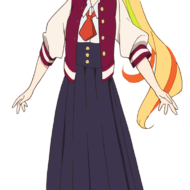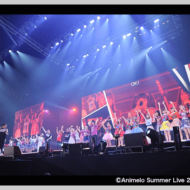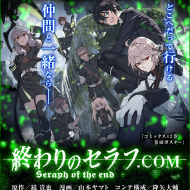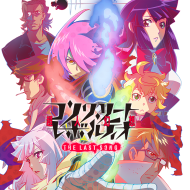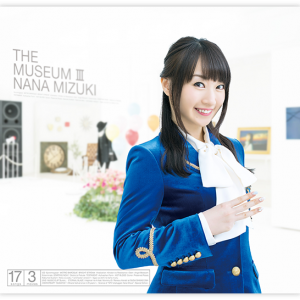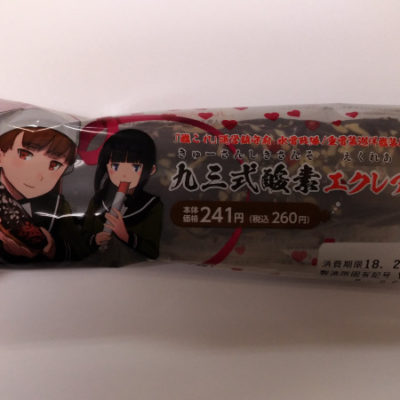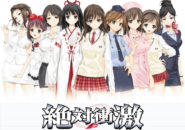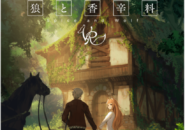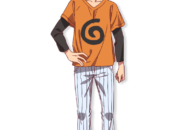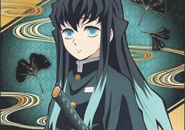出典 : Amazon.co.jp
Kyoto Animation, a company that leads the times with its overwhelming drawing power, has compiled a list of all of the animation works produced by its main contractors to date!
From the early series known only to those in the know to historical hits, we look back on Kyoto Anime’s glorious history with these works!
Nurse Witch Wheat Girl Magical
出典 : Amazon.co.jp
Kyoto Animation has a long history, and was officially established as a limited company in 1985.
At that time, the company subcontracted other companies’ videos, and in the 1990s, it became able to do all production work including direction in-house, and also began to do “gross production,” where an entire episode is produced as a subcontractor.
Later, in 2002, the company began broadcasting “Nurse Witch Komugi-chan Magicalte”, which was the first time it was produced as a subcontractor in collaboration with Tatsunoko Productions.
He produced only one or two of the six episodes in the first season.
The remaining four episodes were produced by Tatsunoko Pro, and Kyoto Animation did not participate in the sequel “Nurse Witch Komugi-chan Magicalte Z” or the new work “Nurse Witch Komugi-chan R”.
Even on Kyoto Animation’s official website, this work is not included in the lineup, so few media seem to treat this work as their first prime contractor.
MUNTO Series
出典 : Amazon.co.jp
This is an original fantasy anime, the first of which was released as an OVA series in March 2003.
The story is about Yumemi, a junior high school girl who can see the heavenly world beyond the sky, and Mundt, the king of the magic kingdom in the heavenly world, who meet and save the two worlds.
The setting and scenario are straightforward, but the current Kyoto Animation style of “telling a story with pictures” has already been demonstrated from this time, and there are several scenes that express the characters’ emotions and the atmosphere of the work through the background and situations.
Two OVAs were released, and in 2009, “Sora o Miageru Sho-jo no Hitomi ni Utsuru Sekai,” a re-edited version of the OVA for the TV series, was broadcast.
In 2009, “The final battle between the heavenly people and the act people,” a re-edited version of the OVA for the TV series, was aired, and “The Last Battle between Heavenly Creatures and Actors,” which was edited for the movie, was released, showing that it was a very important work for Kyoto Animation.
The OVA series is a self-produced anime, so it does not fall under the category of production under contract from a production company.
However, since Kadokawa cooperated with the production of the TV series and the movie version, it is considered to be a prime contractor production.
Full Metal Panic (2nd to 3rd term)
出典 : Amazon.co.jp
This is an anime adaptation of the hit novella by Shoji Gato.
The first season was produced by GONZO, but the second season, “Full Metal Panic! The Second Raid” broadcast in 2005 was produced by Kyoto Animation. The Second Raid” was produced by Kyoto Animation.
The Second Raid” was Kyoto Animation’s first work as the sole contractor.
It was a sci-fi military action series that led the ronobe world at that time. The serious storyline, battle action, and the love triangle between Sosuke, a stubborn soldier, Kaname, an active heroine, and Tessa, an excellent colonel but a screw-up, were all popular, and the first season of the anime was a good hit.
The second season, which followed on from the first, was a visualization of short episodes that were drawn in a comedic style as opposed to the serious feature-length version.
It was a good start for Kyoto Animation, attracting a different fan base from the first season.
AIR(TV Series)
出典 : Amazon.co.jp
This is an anime adaptation of Key’s romantic adventure game that was broadcasted in 2005.
It consists of three parts: “DREAM Arc”, which depicts the interaction between a wandering puppeteer, Kunisaki Yukito, and three girls; “SUMMER Arc”, an episode set in the summer 1000 years before DREAM Arc; and “AIR Arc”, which depicts the aftermath of DREAM Arc from the perspective of the crow “Sora”. which depicts the aftermath of the Dream Arc from the point of view of the crow “Sora,” and the anime follows this trend.
Key is a brand that was established by a group of staff members who had attracted the attention of PC game maniacs with the game “One: To the Shining Season”, and their first work “Kanon” earned them a high reputation as a leader in crying games.
Key’s second title, AIR, attracted a lot of attention even before its release and recorded unprecedented sales in this field.
It has created a large number of very deep fans.
In addition to the Kyoto Animation version, Toei Animation also produced a theatrical version of this work, which was released at the same time as the TV series.
The Kyoto Animation version, on the other hand, was based on the original story and became a big hit due to its beautiful images and direction.
This hit gave Kyoto Animation its breakthrough and made it a prominent figure among anime fans.
Suzumiya Haruhi Series
出典 : Amazon.co.jp
A masterpiece that shines brilliantly in the history of late-night anime, based on a novella by Tanigawa Nagaru.
It is an extraordinary story about Haruhi Suzumiya, a high school girl who declares that she is not interested in mere humans, and the activities of the “SOS-dan”, a group of people she has gathered.
The first and second seasons were broadcasted in 2006 and 2009, respectively, and the theatrical version “The Disappearance of Haruhi Suzumiya” was released in 2010.
It is an unprecedented anime that has done many unconventional things, such as shuffling the episodes of the original story, making the main characters dance in the ED, drawing the faces of the female characters in the live scenes in a powerful way, mixing the second season with a replay of the first season, and producing eight episodes of the same episode (Endless Eight) with different drawings. The first season in particular was a huge success, with its eccentricities and Haruhi’s unconventional character matching perfectly.
It is a new type of Sekaikei and a model of the everyday life style, and has had a great influence on many later works.
Kanon(TV Series)
出典 : Amazon.co.jp
In response to the huge success of AIR, Kyoto Animation has also re-animated its predecessor, which is also a milestone in crying games.
This work depicts the interaction and dialogue between the hero Yuichi, who returns to the snowy town after seven years, and the heroines, each with their own quirky personalities and quirks.
Although it is an old work, it became a hit.
Kyoto Animation often uses a composition with depth, and this work also makes extensive use of it, depicting the story from a three-dimensional perspective that only anime can provide.
Gal games inevitably have uniform compositional exchanges centering on the standing pictures, so it seems that this point of view was also new to the fans of the original work.
Lucky ☆ Star
出典 : Amazon.co.jp
This is the first time Kyoto Animation has attempted a full-length comedy that is not only an everyday comedy, but also contains fantasy elements (plus a crying element), starting with Fumoffu and continuing with Key and Haruhi.
The original manga by Kagami Yoshimizu was serialized in the game magazine Comptiq, and at the time it was a rather niche manga with deformed character designs.
However, the OP song “Motteke! Sailor Fuku” became the talk of the town as a radio wave song, and the characters’ relaxed dialogue was well received, and despite a change of director, the series became a big hit.
After the TV broadcast, an OVA was produced, which was also a big hit, but no sequel was made after that.
Washinomiya Shrine, the motif of this work’s setting, has become a place synonymous with holy site pilgrimages, with many fans dedicating moe ema (votive tablets) to the shrine, a practice that continues even now, more than 10 years after the 2007 broadcast.
CLANNAD(TV Series)
出典 : Amazon.co.jp
An anime series created by Key, following AIR and Kanon.
It consists of two parts: “School”, which depicts the main character Tomoya, who became a delinquent due to his complicated family environment and injuries, and his interactions with the various people around him, and “AFTER STORY”, in which he connects with the main heroine Nagisa, and deepens his family ties through painful experiences.
The first season was broadcasted from 2007 to 2008, and the second season from 2008 to 2009.
The original work received an overwhelmingly positive reputation, surpassing even AIR and Kanon, and Kyoto Animation’s name recognition had risen dramatically, making it a big title that attracted attention even before it aired.
The day after the first episode aired, the famous phrase “CLANNAD is life” was coined, moving many viewers and making it a masterpiece that could be called the culmination of Kyoto Animation and Key.
K-ON!
出典 : Amazon.co.jp
This is a milestone in music anime and the pinnacle of daily life anime created by Kyoto Animation, a company that was the darling of the times as every anime it produced became a big hit.
It depicts the club activities of five girls who belong to the Sakuragaoka High School Light Music Club, with about 80% talking and 20% playing.
In the original manga that was serialized by Kakifly in Manga Time Kirara, there are very few scenes of the girls performing, so this is still a very music-oriented anime.
The first season aired in 2009 was similar to the original story, but it showed many aspects typical of Kyoto Animation, such as the scene in the first episode where Yui falls on her butt in the last episode, and the description of the proof of her growth by just barely holding on.
The second season, which aired in 2010, had an overwhelming number of original episodes, and showed unusual attention to detail, such as providing names, visuals, and personalities for all the classmates who did not appear in the original story.
After this work became a hit, more and more Kirara magazines began to publish anime adaptations, and the image of “daily life anime = Kirara” took root.
NICHIJOU
出典 : Amazon.co.jp
Kyoto Animation’s first surrealistic gag anime that aired in 2011.
It features absurd conversations between bizarre characters.
Kyoto Animation had a string of big hits before, but this work was not a big hit.
However, it has a unique color that is different from other Kyoto Animation works, and because of its unique style, there are many people who only like this anime among Kyoto Animations works.



